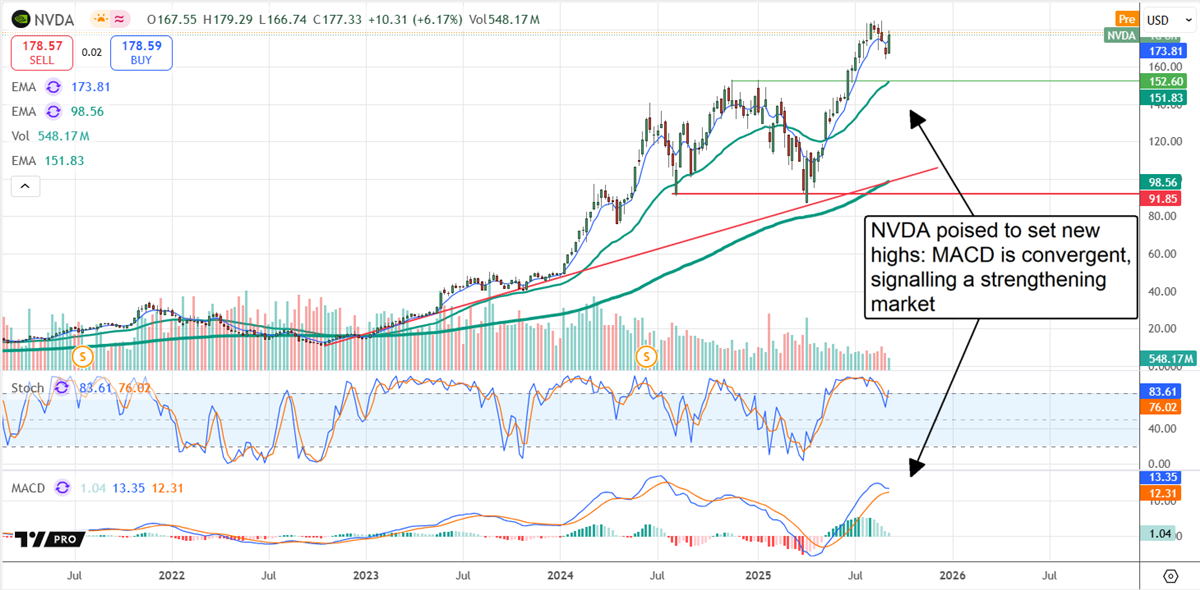Coffee Prices Surge as Robusta Harvest Faces Disruption
Recent Weather Challenges Impact Vietnam’s Coffee Supply
March arabica coffee (KCH25) today is up +9.70 (+3.03%), and March ICE robusta coffee (RMH25) is up +219 (+4.49%).
Coffee prices are sharply higher today due to a significant jump in robusta coffee, reaching a 1.5-week high. This surge is driven by worries that ongoing heavy rainfall in Vietnam could further disrupt the coffee harvest. The Vietnam General Department of Customs reported a startling 47% year-on-year decrease in coffee exports for November, totaling 63,019 metric tons. From January to November, total coffee exports also saw a decline of 14% year-over-year, amounting to 1.22 million metric tons. The recent flooding in Vietnam’s coffee-growing regions delayed the harvest as the country, the largest producer of robusta coffee, enters its harvest season.
Brazil’s Conditions Shift as Drought Concerns Ease
Just last Tuesday, coffee prices had dropped to 3.5-week lows as Brazil’s heavy rainfall eased earlier drought worries. According to Somar Meteorologia, the Minas Gerais region, which is crucial for arabica coffee production, received 102.8 mm of rain last week, about 182% of the average for this time of year.
Supply and Inventory Changes Pressure Prices
In a bearish turn for prices, ICE-monitored arabica coffee stocks climbed to a 2.5-year high of 991,080 bags as of Monday. Meanwhile, robusta coffee inventories also increased, hitting a 2.5-month high of 4,355 lots by Tuesday.
Weak Real Currency adds Pressure on Coffee Prices
Additionally, a weak Brazilian real (^USDBRL) is exerting negative pressure on coffee prices. The real is barely higher than its recent record low against the dollar, prompting Brazilian producers to ramp up export sales.
Future Projections Show Continued Market Volatility
Despite some stability, coffee prices soared last month amid fears of a smaller Brazilian coffee crop. Arabica futures for March hit a contract high, while the December nearest-futures contract (Z24) reached an all-time peak. This surge followed Volcafe’s December 17 revision, forecasting Brazil’s 2025/26 arabica production at just 34.4 million bags—a drop of about 11 million bags from their previous estimate. They project a global arabica coffee deficit of 8.5 million bags in 2025/26, wider than the 5.5 million bag deficit expected for 2024/25, marking the fifth consecutive deficit year.
USDA Report Reflects Mixed Signals in Coffee Market
The USDA’s biannual report, released on December 18, presented a mixed outlook for coffee prices. The Foreign Agriculture Service (FAS) anticipates a 4.0% increase in world coffee production for 2024/25, totaling 174.855 million bags. Arabica production is expected to rise by 1.5% to 97.845 million bags, while robusta output might grow by 7.5% to 77.01 million bags. Nevertheless, the FAS forecasts a drop in ending stocks to a 24-year low of 20.867 million bags.
Long-term Impacts from Drought and El Nino
Ongoing effects from a dry El Nino earlier this year raise concerns about long-term damage to coffee crops in South and Central America. Brazil has been experiencing below-average rainfall since April, particularly during essential blooming stages for coffee trees. Historical records show that Brazil is encountering its driest conditions since 1981. Meanwhile, Colombia, the second-largest arabica producer, is slowly recovering from its drought challenges.
Reduced Robusta Production Supports Prices
Despite the bearish sentiment in the market, strong demand for robusta coffee maintains some price support, even amidst lower production. Vietnam’s 2023/24 coffee production has dropped by 20%, totaling 1.472 million metric tons, making it the smallest yield in four years. The USDA FAS estimates a minor decline in Vietnam’s production for the 2024/25 marketing year, predicting a yield of 27.9 million bags compared to 28 million bags in 2023/24. However, projections from the Vietnam Coffee and Cocoa Association suggest an increase in the 2024/25 crop to 28 million bags.
Global Coffee Exports on the Rise
Recent news about increased global coffee exports adds bearish pressure to the market. The International Coffee Organization (ICO) reported a 15.1% year-on-year rise in October global coffee exports, totaling 11.13 million bags for the start of the 2024/25 season. Furthermore, exports for the 2023/24 season rose 11.7% year-on-year to a record 137.27 million bags. Brazilian green coffee exports have contributed significantly, with Cecafe reporting a 2.7% year-over-year increase to 4.29 million bags.
Record Production Fails to Shift Market Dynamics
Adding to the market challenges, the ICO indicated that 2023/24 global coffee production climbed to a historic 178 million bags, up 5.8% year-on-year due to a robust off-biennial crop year. Concurrently, global coffee consumption for the same period surged 2.2% from the previous year to reach 177 million bags, resulting in a slight surplus of 1 million bags.
On the date of publication, Rich Asplund did not have (either directly or indirectly) positions in any of the securities mentioned in this article. All information and data in this article is solely for informational purposes. For more information please view the Barchart Disclosure Policy here.
The views and opinions expressed herein are the views and opinions of the author and do not necessarily reflect those of Nasdaq, Inc.





